The Intriguing World of Bioluminescent Organisms: A Glimpse into Nature’s Living Lights
Discovering the Luminous Lifeforms: Bioluminescence in the Natural World
Have you ever wondered how some creatures can glow in the dark and light up the depths of the ocean? Welcome to the enchanting realm of bioluminescence, a natural phenomenon exhibited by some of the most fascinating organisms on our planet. In this comprehensive blog post, we delve deep into what bioluminescence is, the science behind it, and explore the various creatures that brighten up their ecosystems. Prepare to be amazed by nature’s living lights!
Understanding Bioluminescence
Bioluminescence is the emission of light by a living organism, a result of a biochemical reaction involving a light-emitting pigment and an enzyme. This extraordinary phenomenon is not just mere beauty but also serves a variety of purposes such as predation, mating, and camouflage. 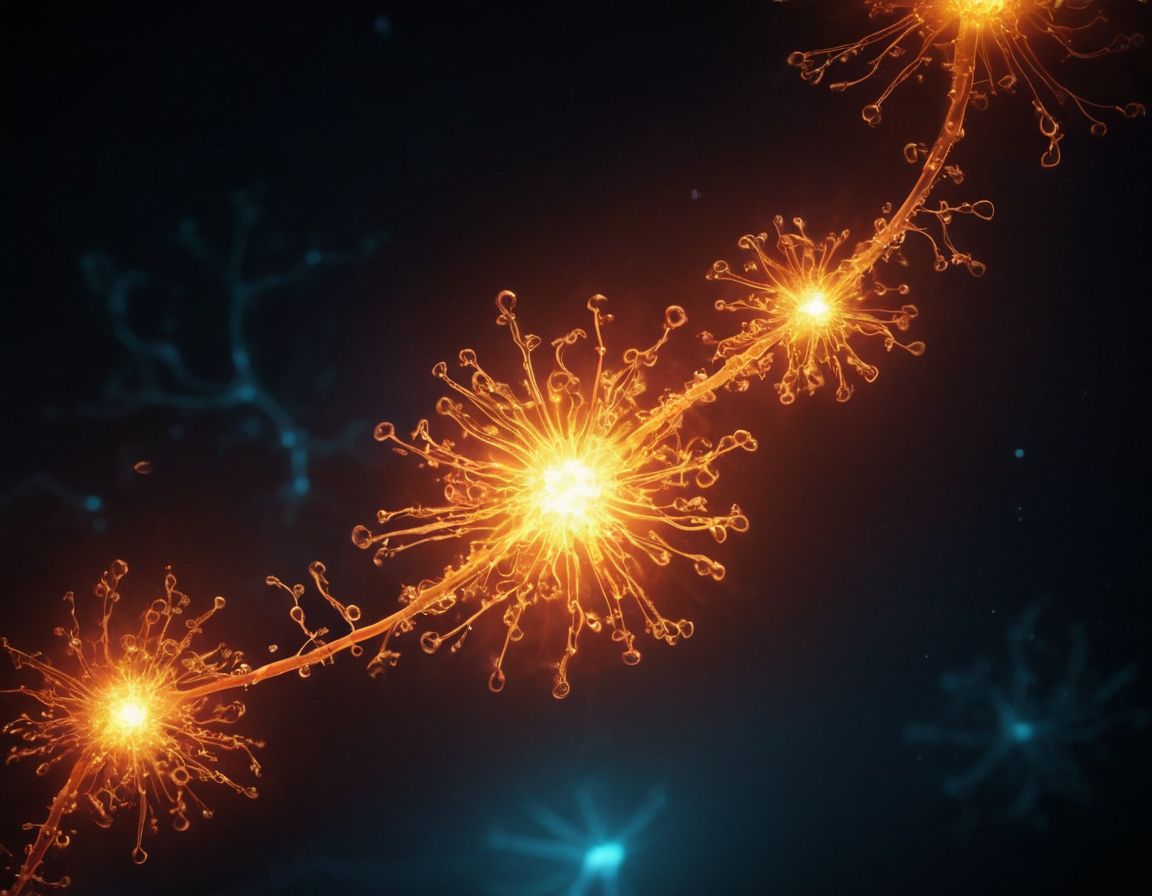
The Science Behind the Glow
At the core of bioluminescence is a molecule called luciferin, which, when oxidized in the presence of the enzyme luciferase, produces light. This reaction is highly efficient, producing light without heat and can be found across many species, including fireflies, certain fungi, and marine animals.
The Diverse Bioluminescent Beings
- Fireflies: Perhaps the most well-known bioluminescent creatures that turn forests into twinkling wonderlands during mating seasons.
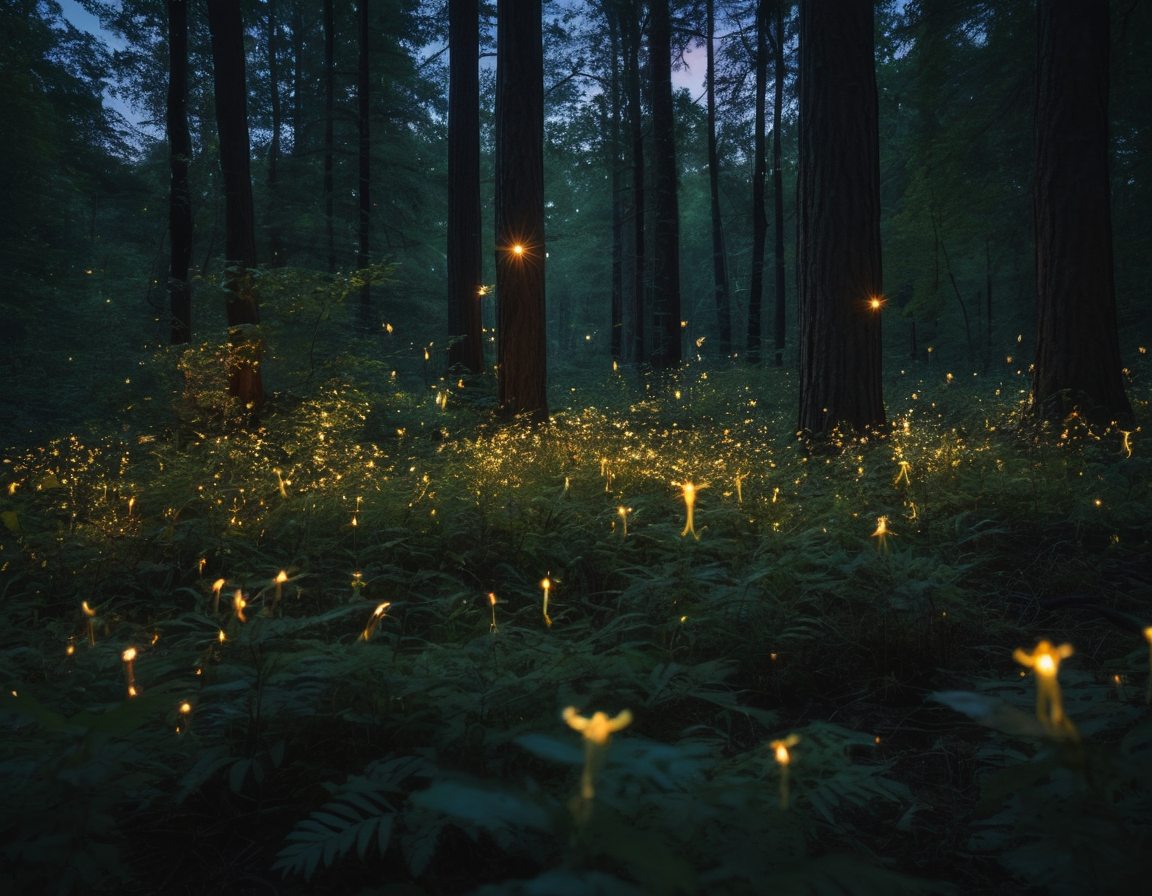
- Deep-Sea Creatures: Many marine animals such as the Anglerfish, Viperfish, and certain species of jellyfish and squid, use bioluminescence to attract prey or mates in the dark abyss of the ocean.
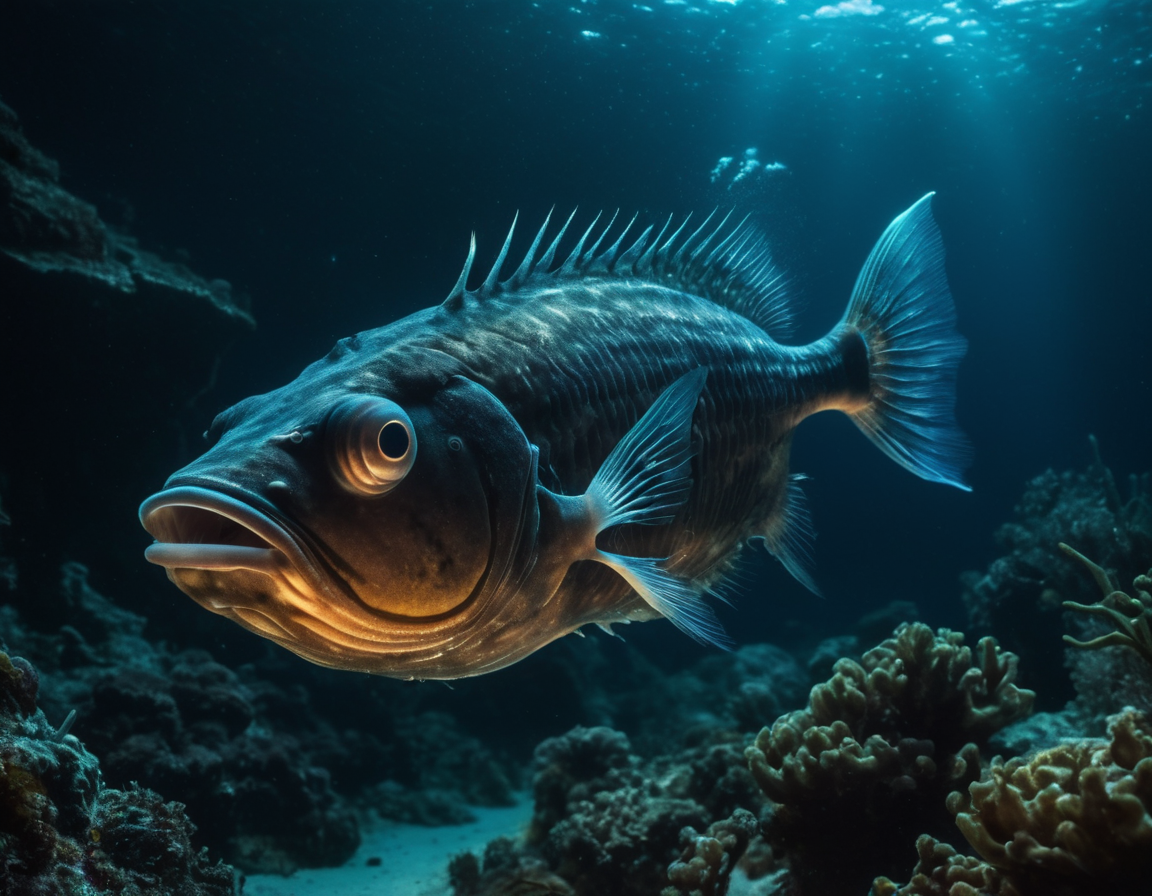
- Fungi: Some mushrooms emit a soft green glow on forest floors, a spectacle that remains a mystery, although theories suggest it could attract insects to help with spore dispersal.
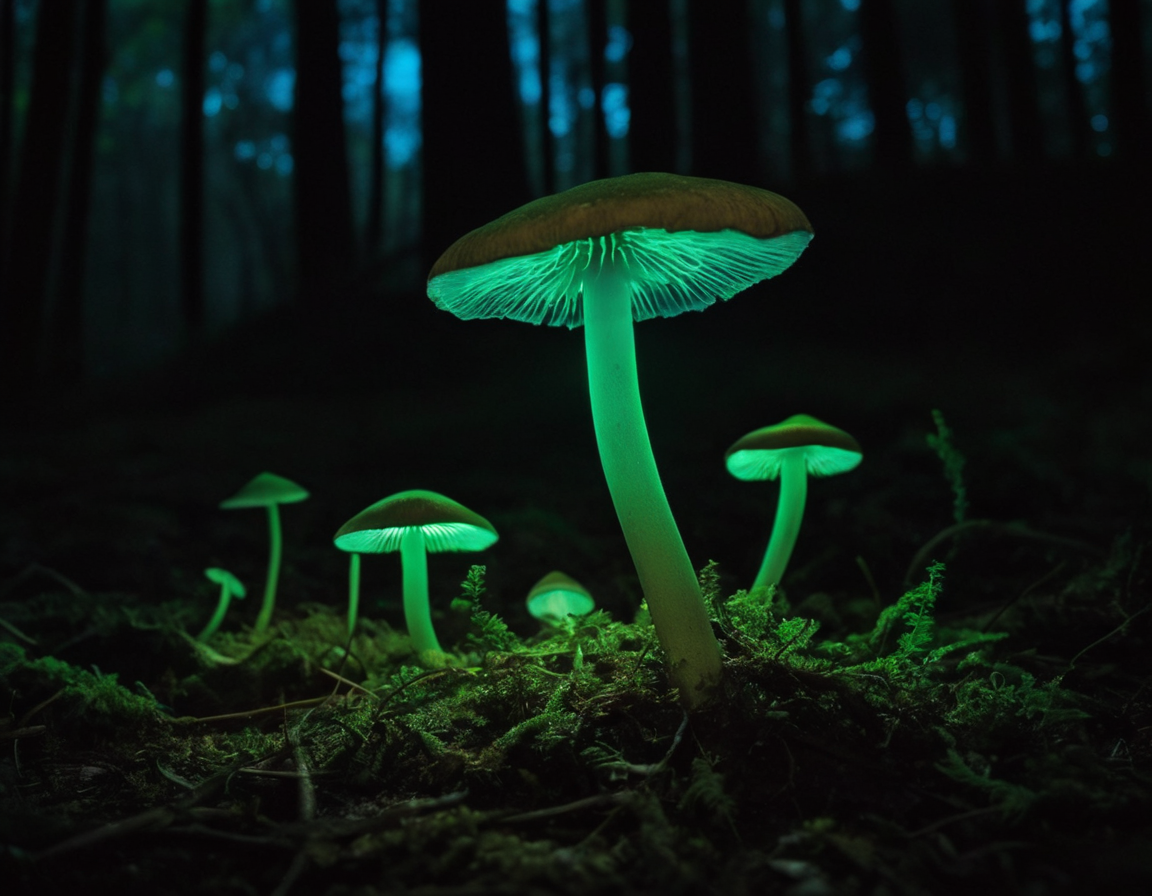
The Role of Bioluminescence in Ecosystems
Bioluminescence plays a crucial role in the dynamics of ecosystems, especially underwater where sunlight can’t reach. The light display can deter predators, lure prey, and serve as a communication channel among species.
Conservation and the Future
As we unravel the secrets of bioluminescent organisms, their conservation becomes essential. Studying these organisms leads to exciting biotechnological applications, from medical imaging to sustainable lighting. It is imperative that we protect these natural wonders for generations to come. 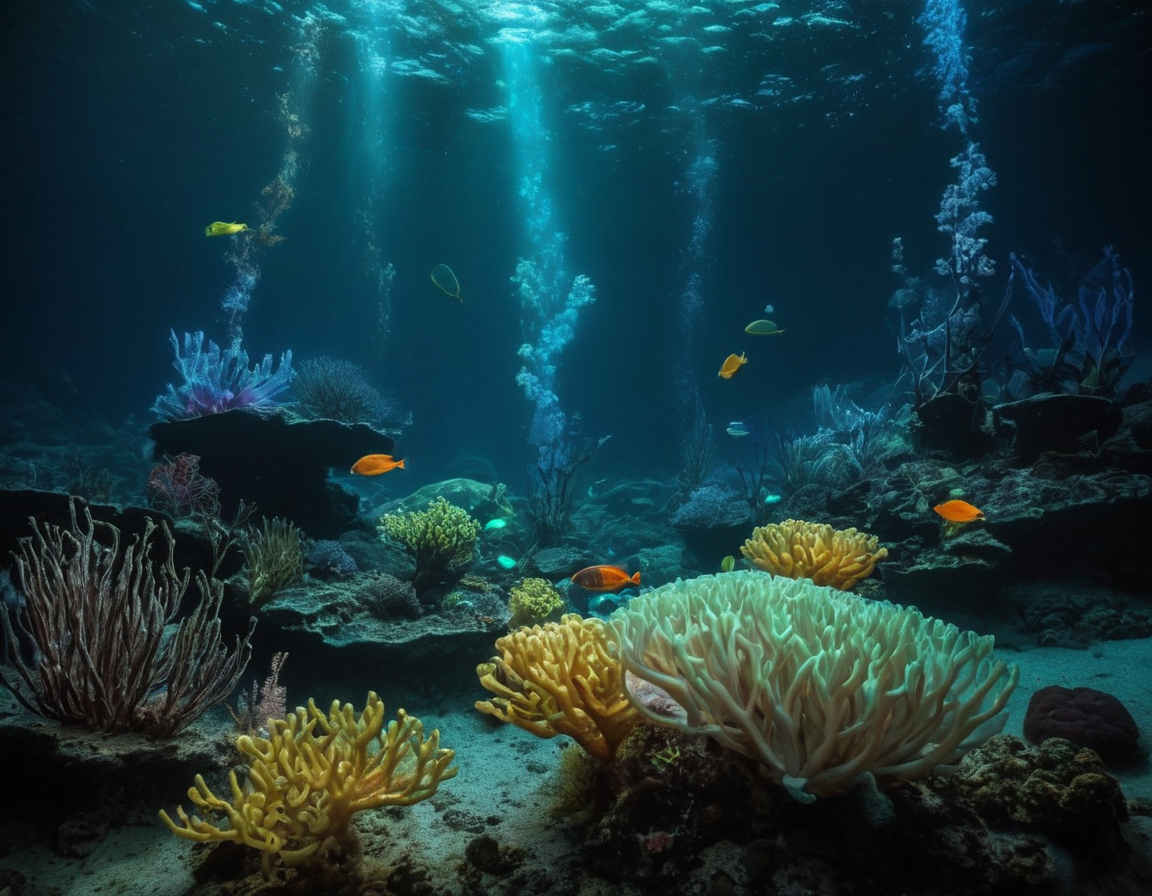
If you’re as fascinated by bioluminescence as we are, share this post with your friends and dive into a conversation about nature’s astounding living lights!






